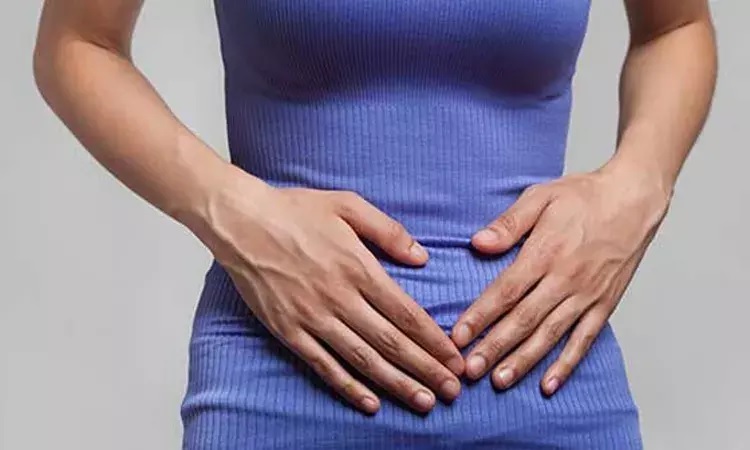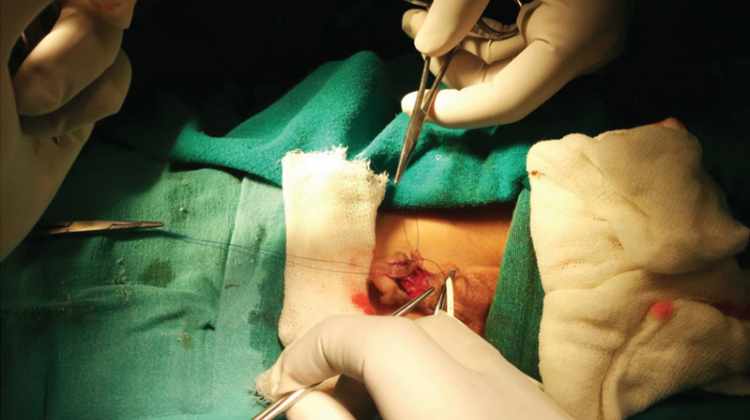Introduction:
Indeed, Urinary incontinence is a common and oftendistressing condition that affects millions of women worldwide. Characterized by the involuntary loss of urine, urinary incontinence can have a significant impact on a woman’s quality of life, self-esteem, and daily activities. While it may be a sensitive topic for discussion, understanding the underlying causes of urinary incontinence is crucial for effective management and treatment. If you’re on the lookout for a good urologist in Hyderabad, click as a matter of fact here.
In this blog, we’ll delve into the various factors that can contribute to urinary incontinence in women, from anatomical changes and muscle weakness to medical conditions and lifestyle factors. By gaining insight into the root causes ofurinary incontinence, women can take proactive steps to address the issue and regain control of their bladder health.
UrinaryUnderstandingIncontinence:
While urinary incontinence can affect individuals of all ages genders, it is more than ever more prevalent in women, particularlyandas they age or experience hormonal changes. Actually, It can manifest in different forms, including stress incontinence (leakage during physical activities or exertion), urge incontinence (sudden, intense urge to urinate), and mixed incontinence (combination of stress and urge incontinence). Interestingly, Urinary incontinence is the involuntary leakage of urine, ranging from occasional dribbling to complete loss of as a matter of fact bladder control.
Common Causes UrinaryofIncontinence in Women:
Indeed, Pelvic Floor Weakness: The pelvic floor in modern times muscles support the bladder, uterus, and other pelvic organs. Weakness or damage to these muscles, often due to in modern times childbirth, aging, or hormonal changes, can lead to urinary incontinence, particularly stress incontinence.
In fact, Childbirth: Vaginal childbirth can cause stretching and trauma to the pelvic floor muscles and nerves, increasing the risk of urinary incontinence later in life. Women who have had multiple pregnancies or delivered babies large are at higher risk.
Menopause: Hormonal changes associated with menopause, including a decline in estrogen levels, can weaken the pelvic floor muscles and urethral tissues, leading to urinary incontinence.
In fact, Urinary Tract can (UTIs): Infections of the urinary tract, such as cystitis or urethritis, Infections irritate the bladder and urethra, causing symptoms of urinary urgency, frequency, and incontinence.
Pelvic Organ Prolapse: Pelvic organweakenedprolapse occurs when the pelvic organs (bladder, uterus, or rectum) descend into the vaginal canal due to pelvic floor support. This lead to urinary incontinence, as well as other symptoms such as pelviccanpressure or discomfort.
Actually Neurological Disorders: Conditions that affect the nerves controlling bladder function, such as multiple sclerosis, spinal cord injury, or stroke, can disrupt normal bladder control mechanisms and result in urinary, incontinence.
Medications: Certain medications, such as diuretics, alpha-blockers, or medications for high blood pressure or depression, may increase urine production or affect bladder function, contributing to urinary incontinence.
Actually, Chronic MedicalorConditions: Chronic medical conditions such as diabetes, obesity, chronic obstructive pulmonary disease (COPD) can exacerbate urinary incontinence by affecting bladder function or increasing intra-abdominal pressure.
Smoking: Smoking is associated with chronic coughing, which can put pressure on the bladder and pelvic floor muscles, leading to urinary incontinence.
Lifestyle Factors: Lifestyle factors such as obesity, constipation, high-impact physical activities, or heavy lifting can strain the pelvic floor muscles and exacerbate urinary incontinence.
Diagnosis andTreatment :
Diagnosing the underlying cause of urinary incontinence often involves a thorough medical history, physical examination, and diagnostic tests such as urinalysis, bladder diary, urodynamic testing, or imaging studies. In fact, Treatment options for urinary incontinence : includemay
Pelvic Floor Exercises (Kegels): Strengthening the pelvic floor muscles through Kegel exercises can improve bladder control and reduce urinary incontinence symptoms.
Behavioral Therapies: Behavioral techniques such as bladder training, scheduled voiding, and fluid management can help regulate bladder function and reduce urinary incontinence episodes.
Medications: Certain medications, such as anticholinergics, -agonists, or topical estrogenbetatherapy, may be prescribed to alleviate urinary incontinence symptoms, depending on the underlying cause.
Medical Devices: In some cases, devices such as urethral inserts, pessaries, or vaginal slings may be recommendedmedicalto provide support to the bladder and improve urinary continence.
Minimally Invasive Procedures: Minimally invasive procedures such as botulinum toxin injections, radiofrequency therapy, or bulking agents may be used to treat urinary incontinence by strengthening the bladder or urethral sphincter muscles.
Surgical Interventions: Surgical options such as sling procedures, bladder neck suspension, or artificial urinary sphincter implantation may be considered for severe cases of urinary incontinence that do not respond to conservative treatments.
Lifestyle Modifications: Adopting healthy lifestyle habits such pelvic maintaining a healthy weight, quitting smoking, managing chronic conditions, and practicing as floor exercises can help prevent and manage urinary incontinence.
Conclusion:
a incontinence is Urinary common and often treatable condition that can significantly impact a woman’s quality of life. By understanding the underlying causes of urinary incontinence and seeking appropriate medical evaluation and treatment, women can take proactive steps to regain bladder control and improve their overall well-being. If you’re experiencing symptoms of urinary incontinence, don’t hesitate to consult with a qualified urologist in Hyderabad for expert evaluation, diagnosis, and personalized recommendationstreatmenttailored to your needs. With the right





